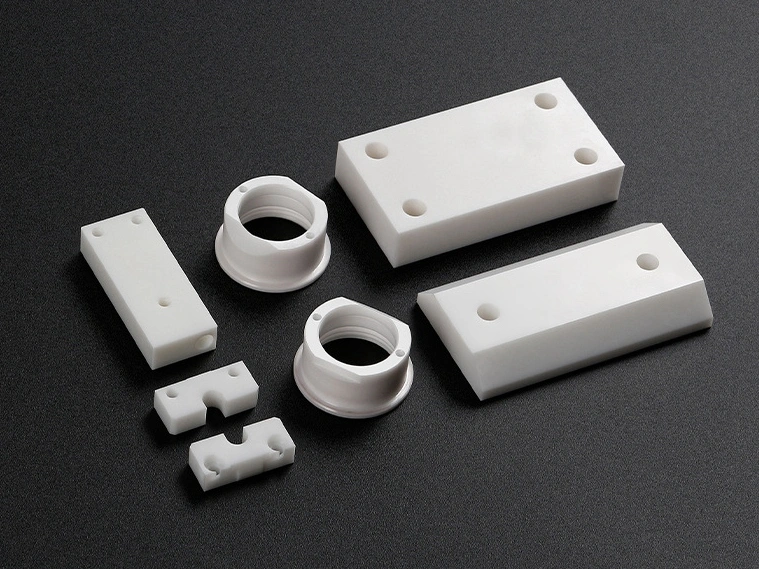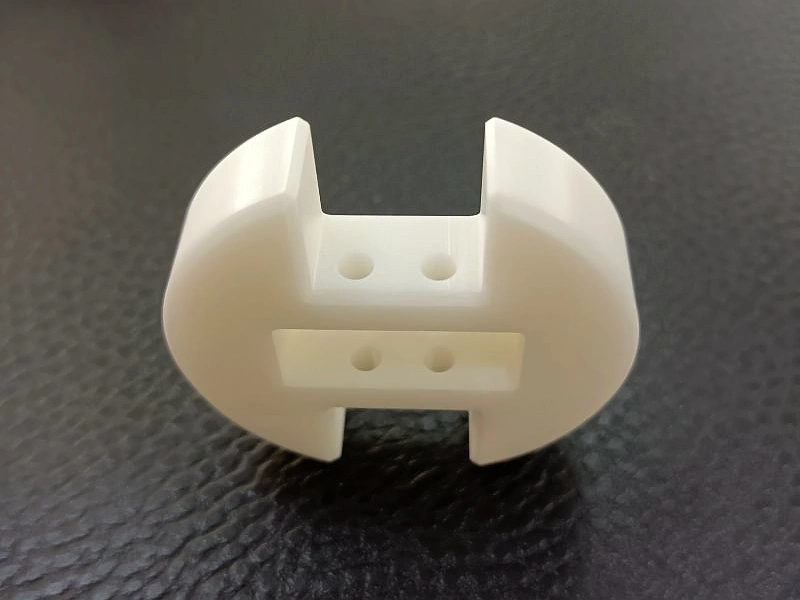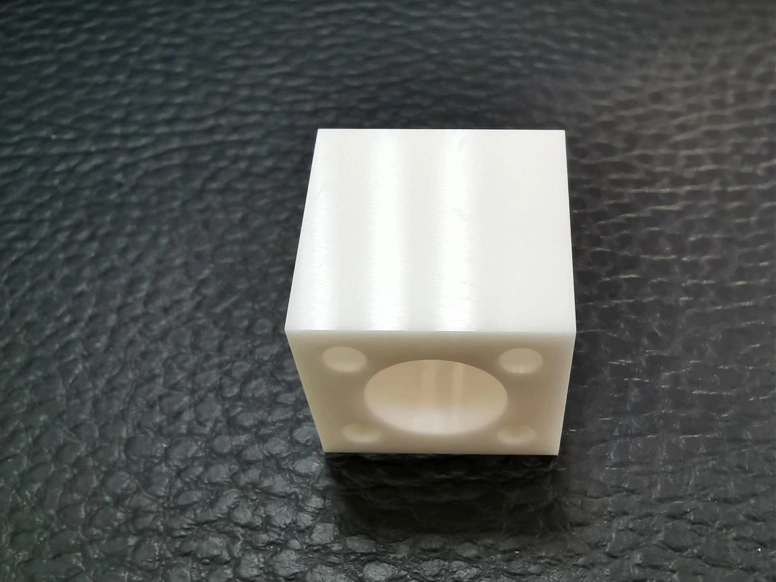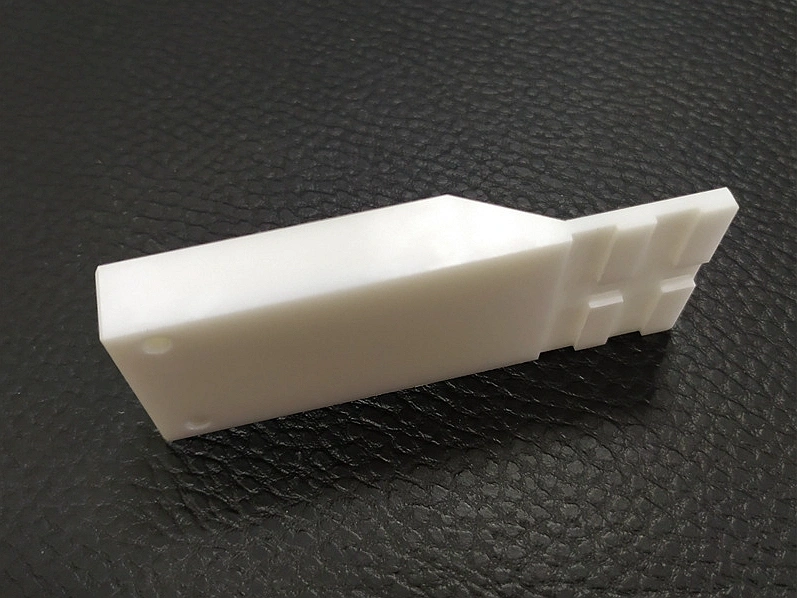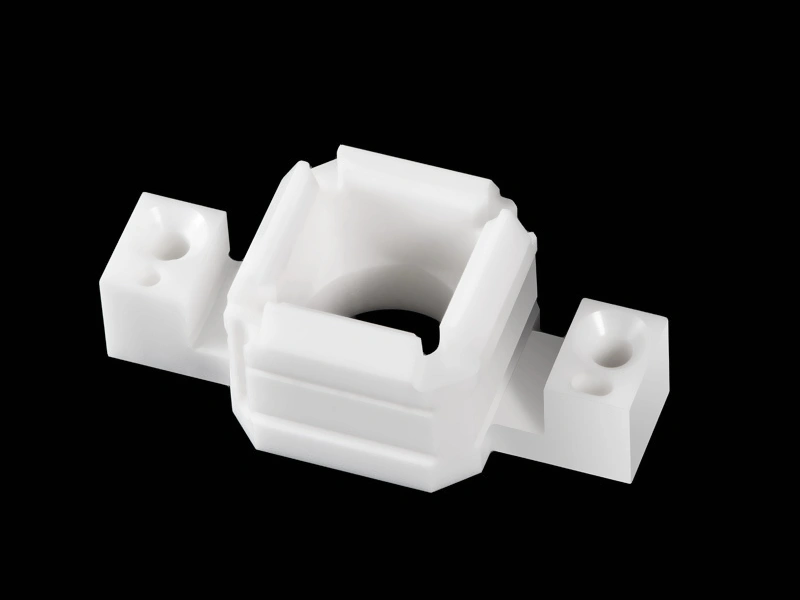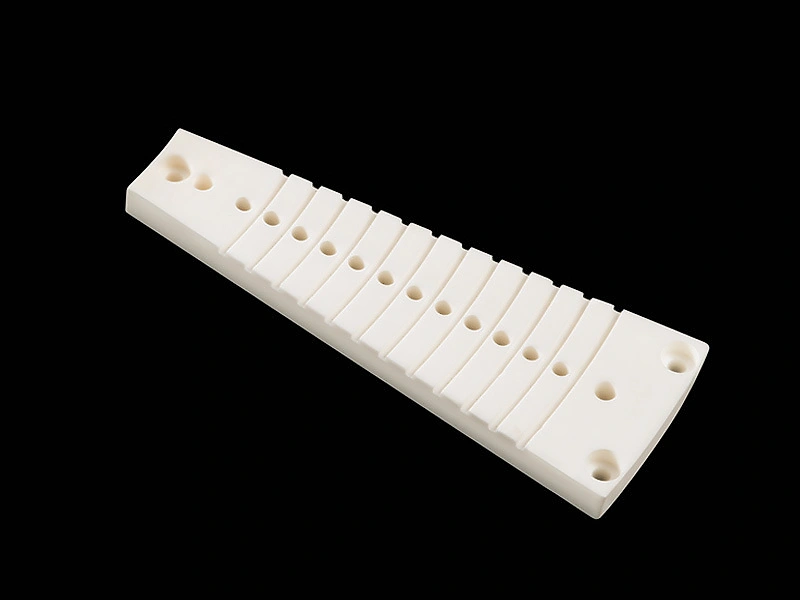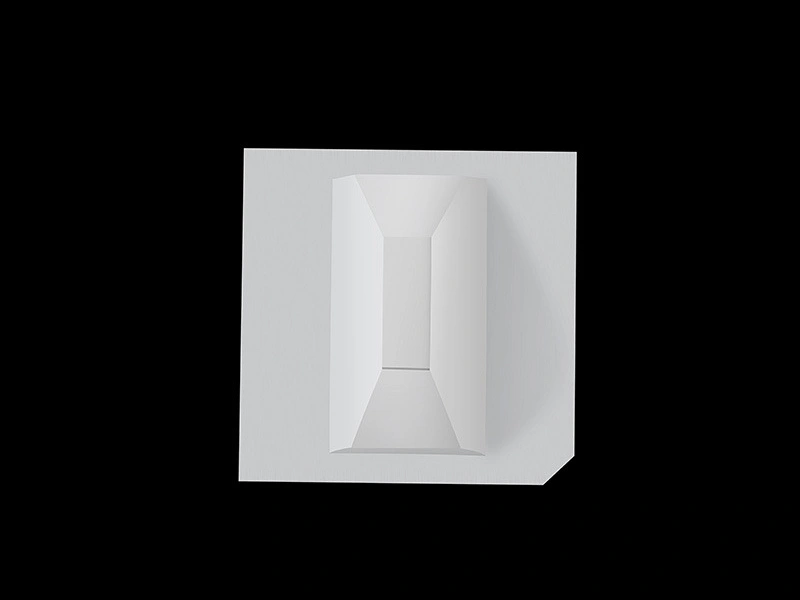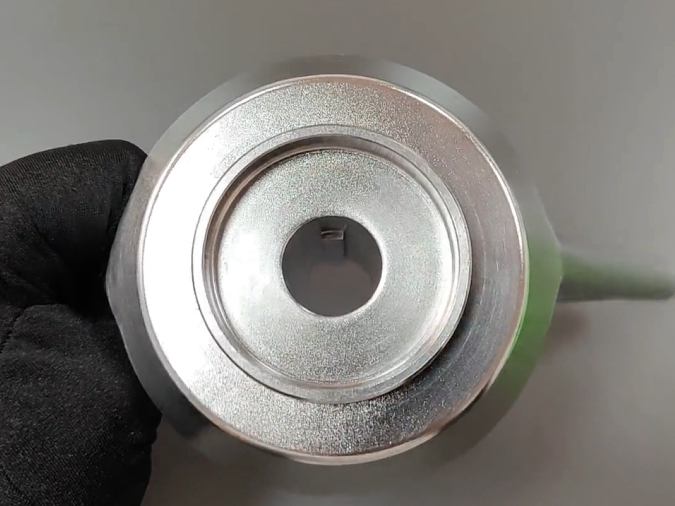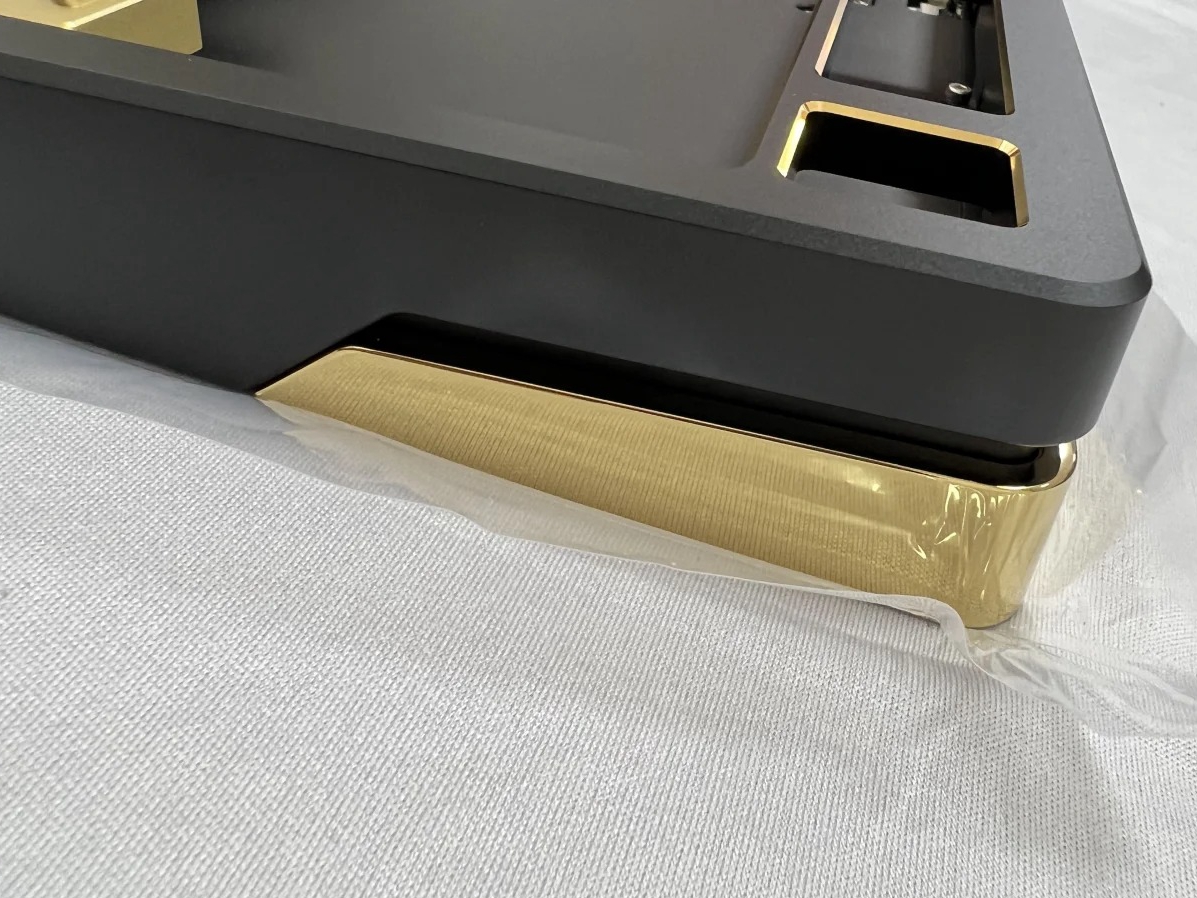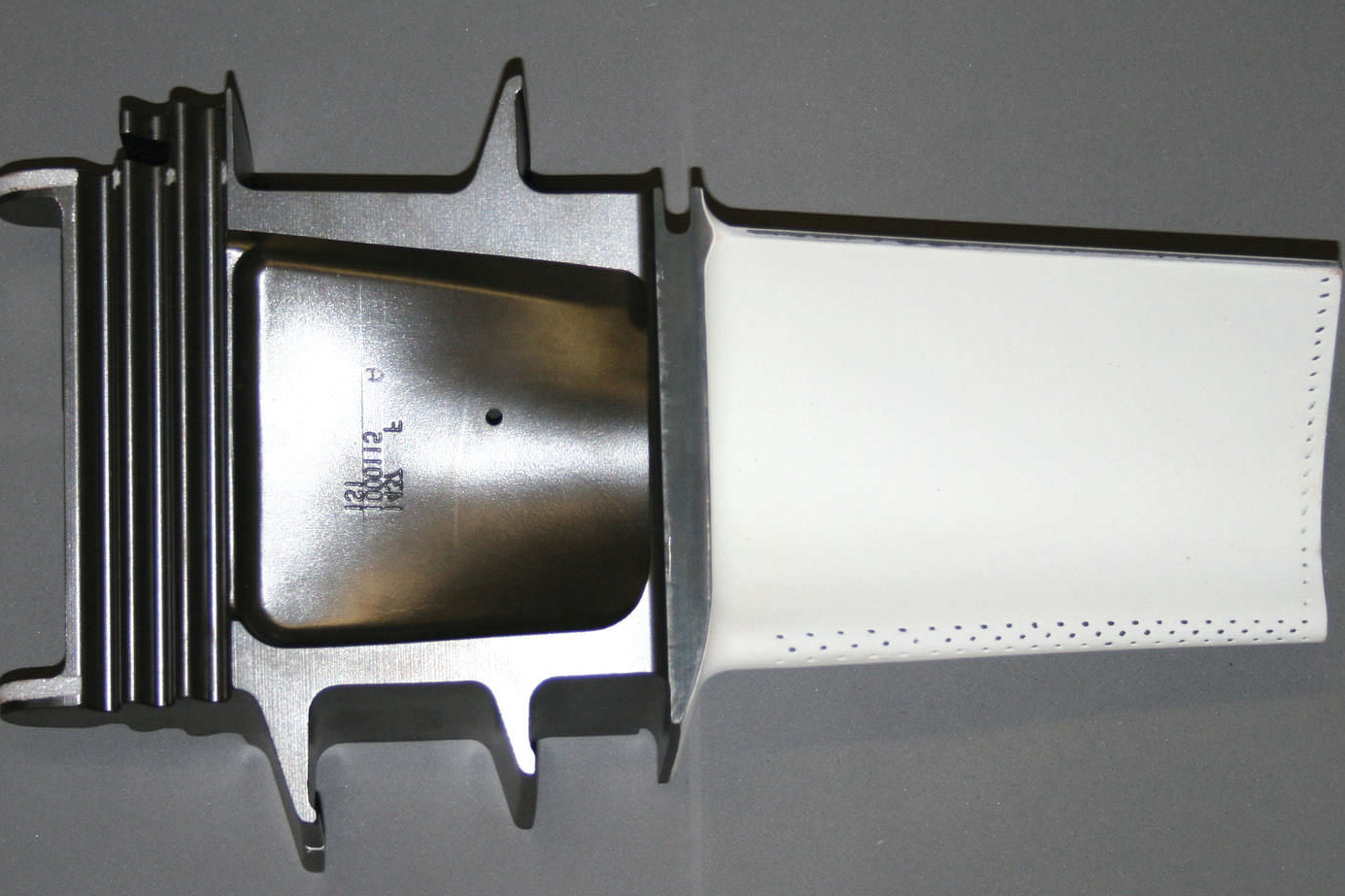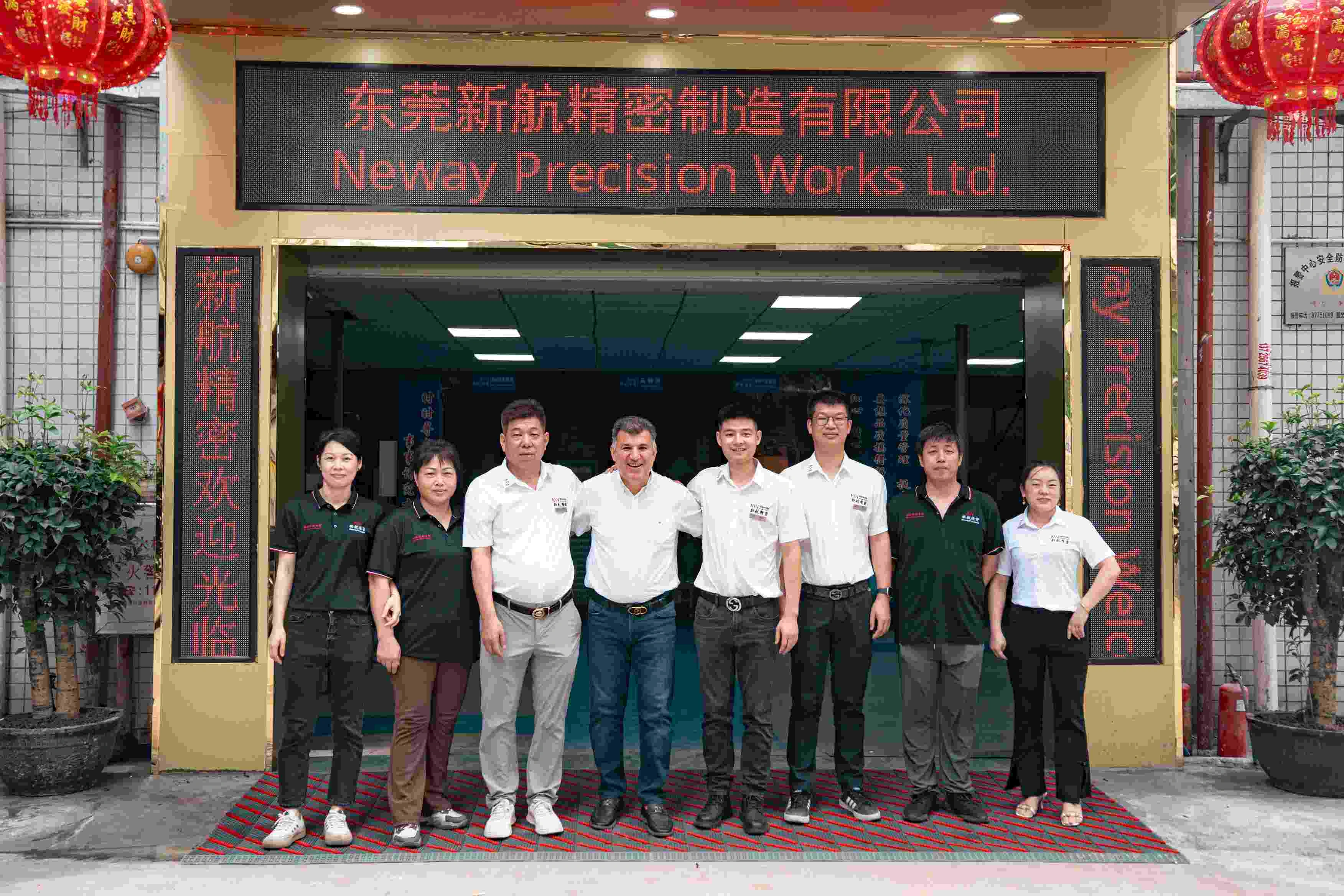Precision Online Ceramic CNC Machining Service
Precision Online Ceramic CNC Machining services offer high accuracy, intricate design capabilities, and superior surface finish. These services enable rapid prototyping, reduced lead times, cost-effective production, and the ability to handle complex, hard-to-machine ceramic materials with precision.
- Ceramic CNC Rapid Prototyping Service
- Low Volume Ceramic CNC Machining Service
- Ceramic CNC Machining Mass Production
- One Stop Ceramic Machining Service
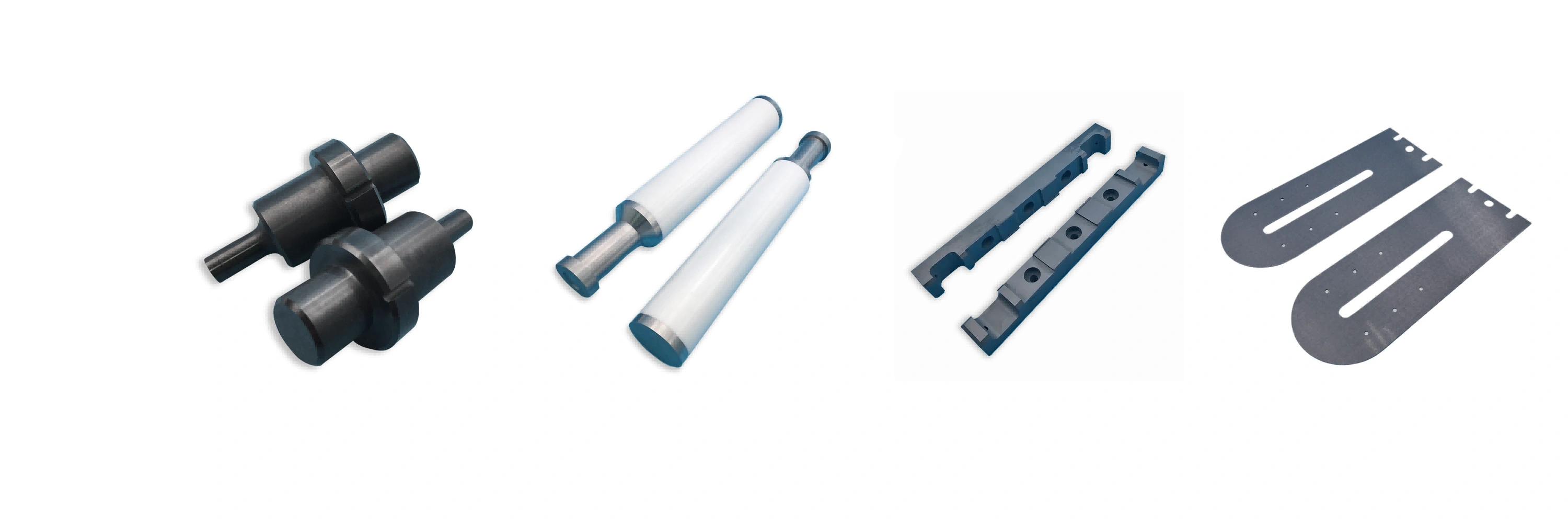
Send us your designs and specifications for a free quotation
All uploaded files are secure and confidential
Know About Ceramic CNC Machining
Ceramic CNC machining offers high precision, intricate design capability, and excellent surface finish. It enables the production of complex ceramic parts with tight tolerances, ensuring reliability and performance in applications requiring wear resistance, thermal stability, and durability.
Common Ceramic Used In CNC Machining
Common ceramics used in CNC machining offer exceptional hardness, high-temperature resistance, wear resistance, and chemical stability. These materials provide durability in demanding environments, making them ideal for aerospace, automotive, electronics, and medical applications where precision and reliability are crucial.
Typical Ceramic CNC Machining Case Study
Typical ceramic CNC machining case studies highlight the ability to produce highly precise, durable components with tight tolerances. These case studies demonstrate the effectiveness of ceramics like zirconia and silicon nitride in aerospace, electronics, and medical industries, ensuring superior performance in extreme conditions.
Let's Start A New Project Today
Parameter Suggestions for Ceramic CNC Machining
Parameter suggestions for ceramic CNC machining ensure precision, efficiency, and material integrity. Optimizing spindle power, feed rate, cutting depth, and tool choice reduces tool wear, prevents cracking, and improves surface finish, while proper coolant use and vibration control enhance machining performance.
Machining Suggestions for Ceramic
Machining ceramics offers high precision, durability, and superior performance in extreme conditions. Key suggestions, like maintaining proper tolerances, using specialized tooling, and adhering to minimum wall thickness and part size guidelines, ensure reliable, cost-effective production for demanding industries like aerospace and medical.
Frequently Asked Questions
Explore Related Resources
Solutions
Copyright © 2025 Machining Precision Works Ltd.All Rights Reserved.
